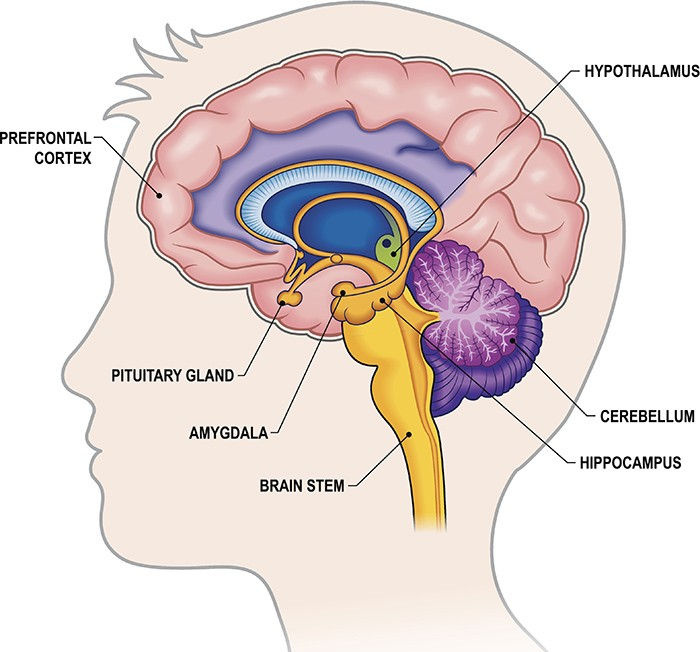LIMBIC SYSTEM
- Viki Voice
- Feb 6, 2023
- 2 min read

The limbic system is a collection of structures involved in processing emotion and memory, including the hippocampus, the amygdala, and the hypothalamus.
These structures are known to be involved in the processing and regulating of emotions, the formation and storage of memories, sexual arousal, learning, body’s response to stress, being highly connected to the endocrine and autonomic nervous systems.
There are two widely accepted structures of the limbic system: the hippocampus and the amygdala. There are differing opinions on which other forms are included in the system, and which only interact closely with it.
Hippocampus
There are two hippocampi, located in each hemisphere of the brain. They are seahorse-shaped and are structures mainly associated with being the memory centres of our brains.
Episodic memories are formed in the hippocampus and then filed away into long-term storage throughout other parts of the cerebral cortex.
The hippocampus always plays a role in spatial navigation and has also been associated with learning and emotions.
Due to the hippocampus’s involvement in memory, damage to this area can lead to severe memory impairments.
Damage can also be detrimental to spatial memory, for instance, remembering directions to locations that should be familiar to the individual.
Amygdala
The amygdala is an almond-shaped structure, located right next to the hippocampus. The main function of the amygdala is in emotional responses, including feelings of happiness, fear, anger, and anxiety.
This area is also key for the formation of new memories. The amygdala interacts with the hippocampus by attaching emotional content to memories.
It has a role in how memorable memories can be – memories that have strong emotional components tend to stick, rather than those with little emotional content. ‘Fear learning’ is also an element of the amygdala.
Fearful memories can be formed after only a few repetitions, which can result in avoidance of certain fearful stimuli. Therefore, the amygdala is also linked with the fight-or-flight response, as stimulating activity in the amygdala can influence the body’s automatic fear response.
Damage to the amygdala can result in more aggression, irritability, loss of control of emotions, and deficits in recognising emotions, especially recognising fear.
Hypothalamus
The hypothalamus’ most basic function is homeostasis (maintaining a steady internal state).
This region controls most autonomic functions such as hunger, thirst, body temperature, blood pressure, heart rate, and sexual activity. The hypothalamus also serves as an interface between the nervous system and the endocrine system and in the regulation of sexual motivation and behavior.
The hypothalamus also has a role in controlling the body’s response to stress. In order to control these many functions, the hypothalamus integrates information from other parts of the brain and is responsive to a variety of stimuli, such as light, odor, stress, and arousal.
If the hypothalamus is impaired, this can lead to aggressive behavior, feeling over-stressed, hypothermia, hyperthermia, fatigue, weight gain/loss, and an active/under active sex drive.
Damage to the Limbic System
Damage to the limbic system is dependent on which region is affected. Amygdala damage could affect a person’s fear processing (especially in being unable to recognize fearful situations), which could result in more risk-taking behaviors and putting themselves in dangerous situations.
Damage to the hippocampus could lead to deficits in being able to learn anything new, as well as affecting memory.
Hypothalamus damage can affect the production of certain hormones, including those which can affect mood and emotion.
Happy Learning :)










Comentários